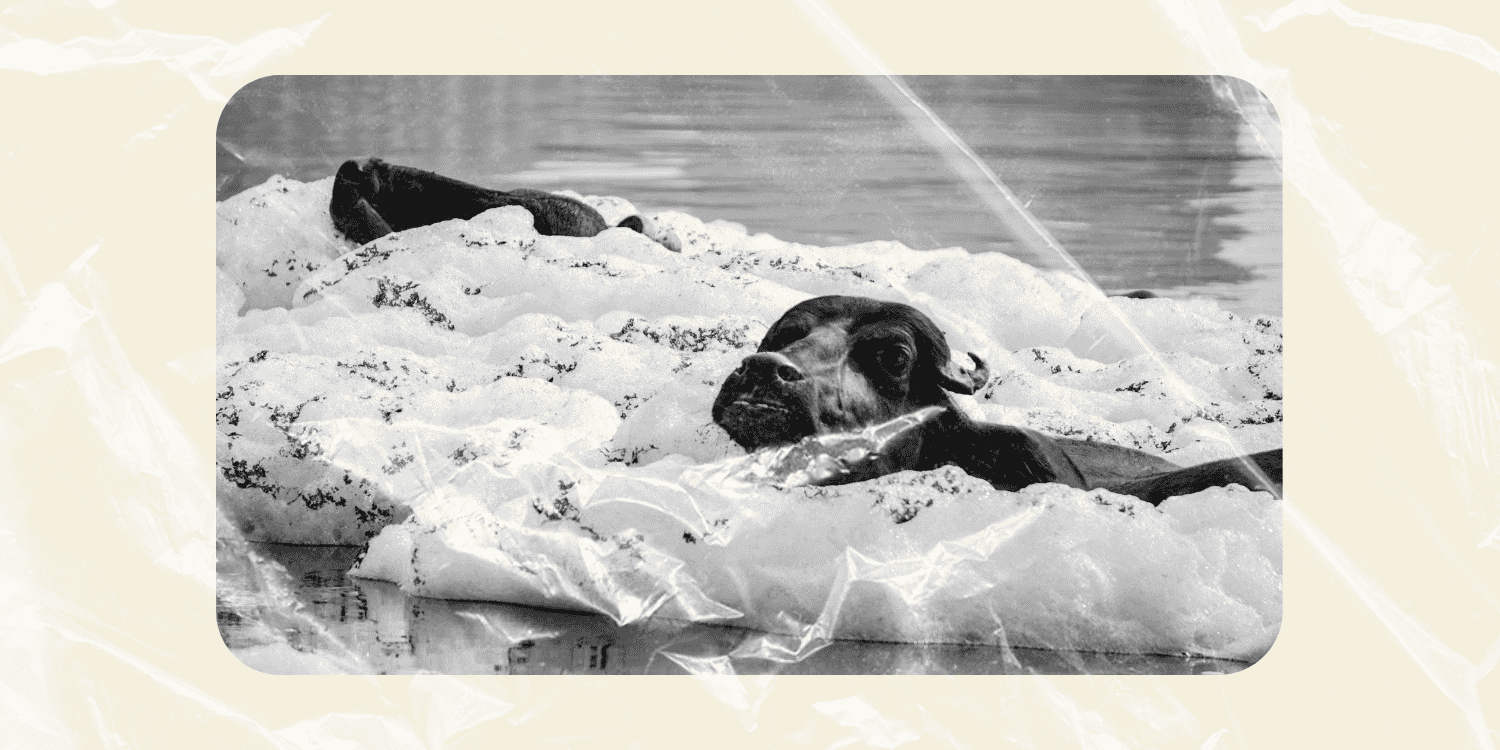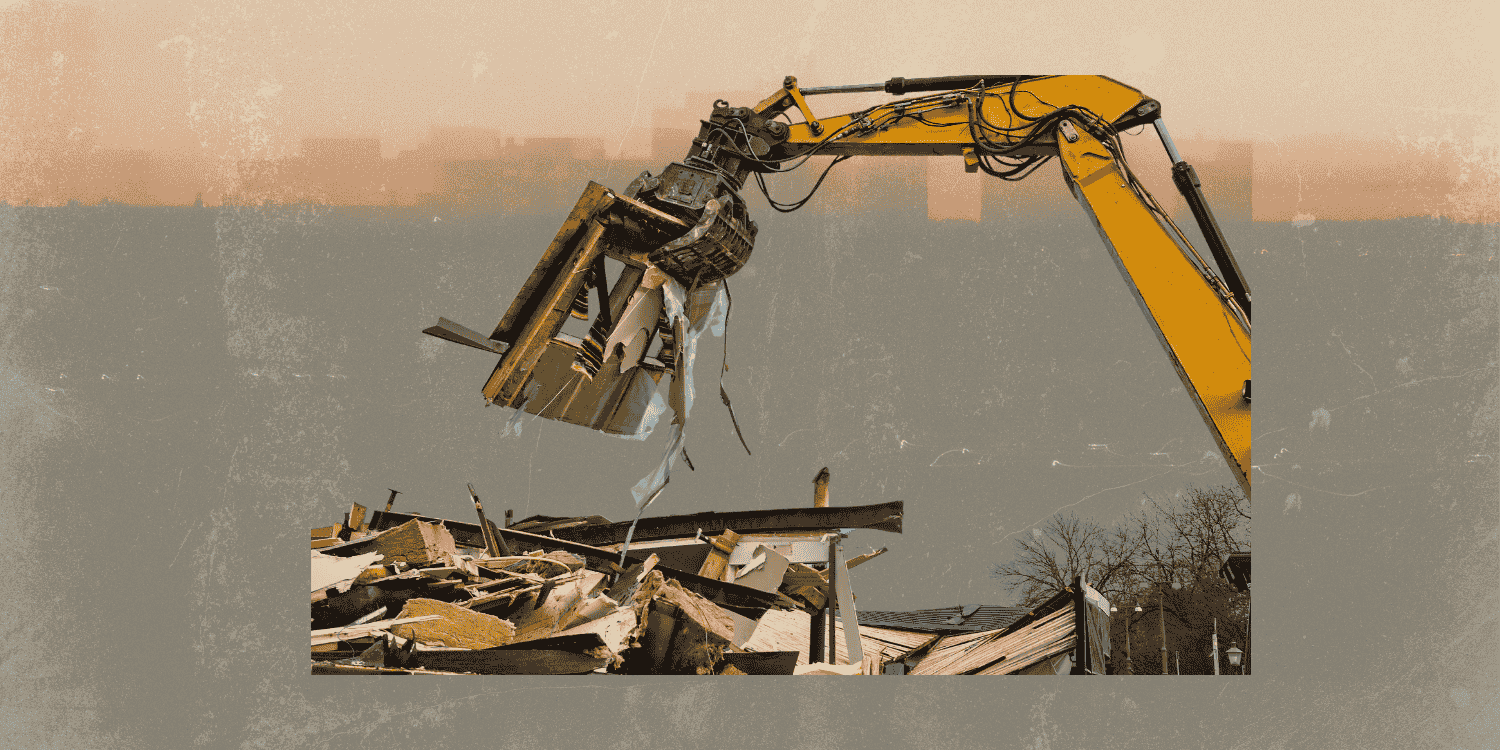ABSTRACT
When a ship reaches the end of its life, it is sent to a ship recycling yard to be recycled. Predominantly positioned in South Asian countries, the ship recycling industry is one of the many examples of global waste flows. Having evolved over the years, today the industry provides employment to thousands of people and has reduced several countries’ dependence on imported steel. This two-part series attempts to break down this niche, often the unheard-of industry. Part 1 provides an introductory overview of the industry, and analyses relevant national legislation and international conventions. Part 2 focuses on the environmental and ethical implications of the industry, engaging with the overarching theme of global waste flows and waste management.
INTRODUCTION
As one of the oldest modes of transport, maritime transport is the backbone of international trade and the global economy. Over 80% of global trade by volume and over 70% by value are carried by sea and handled by ports worldwide (UNCTAD 2018) . The average service life of a ship is around 30 years, post which the costs of its repair and upkeep makes it unprofitable. Thus, for a ship-owner, the final source of revenue from the ship is the value of its scrap metal, extracted through the process of ship-recycling.
Over the years, the shipping industry has evolved alongside developments in maritime trade as well as the shipbuilding industry. When ships used to be made of wood, they would be burnt or sunk. Today, ships are broken down in dry-docks or on beaches where they run into shore at full speed, and are broken apart bit by bit on the shore itself.
However, like every other industry, the ship recycling industry has several layers due to the number of stakeholders and the unique needs and interests of each party. Most often, a ship destined to be recycled is sold to a broker, who then sells it to a yard. During this process, the nationality and name of the ship are often changed. This is done to evade specific legislations or taxes, and so that it disappears from records and does not tarnish the brand that first owned the ship.
About 73% of the world’s fleet is flagged in a country other than the vessel’s beneficial owner (UNCTAD 2014). This is understood as ‘Flags of Convenience’. There are key discrepancies between the states in which shipowners are based and the flag states that exercise control over the world fleet. To reduce costs and avoid legal limitations, these flags are often swapped through a process of “flag hopping”. When it specifically comes to end-of-life vessels, there are certain countries like St Kitts and Nevis, Comoros, Palau and Tuvalu that are overrepresented at end-of-life but seen less during the operational life (NGO Shipbreaking Platform 2019).






